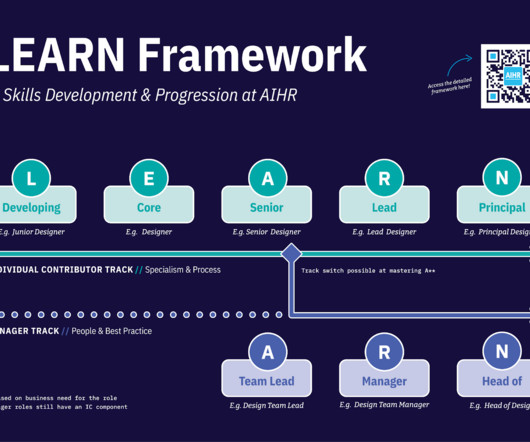5 Reasons HR Needs a Seat in the C-Suite
Cornerstone On Demand
NOVEMBER 5, 2015
” Branson is one of a growing cohort of leaders who understand that a company is no greater than the talent it employs. And who owns responsibility for managing the needs of corporate talent? Human resources, of course — a department that rarely has influence in the C-Suite. Forging Career Paths from Within.
















Let's personalize your content